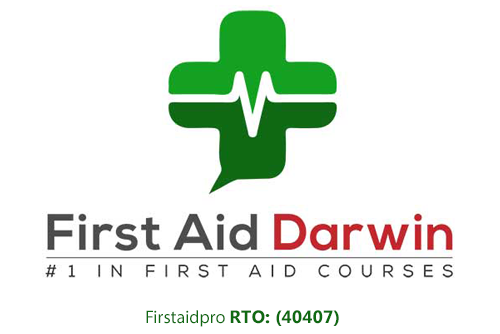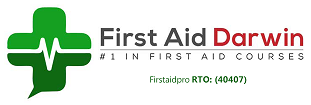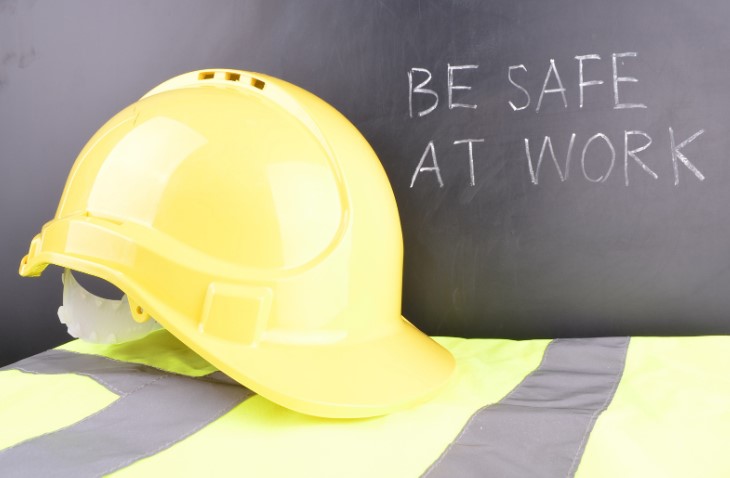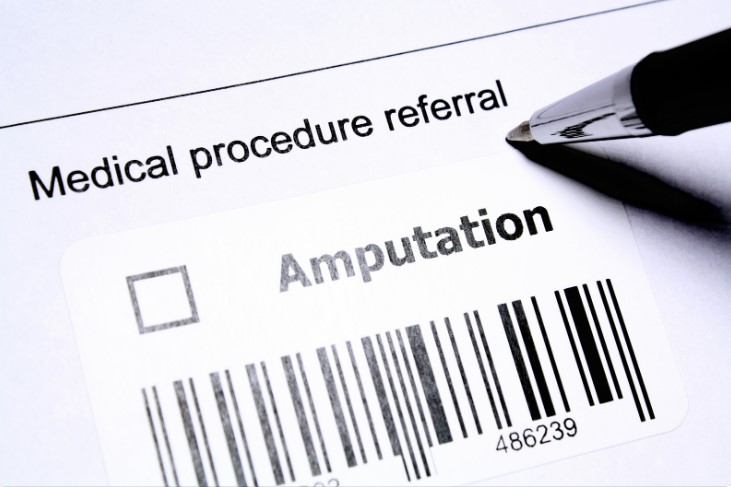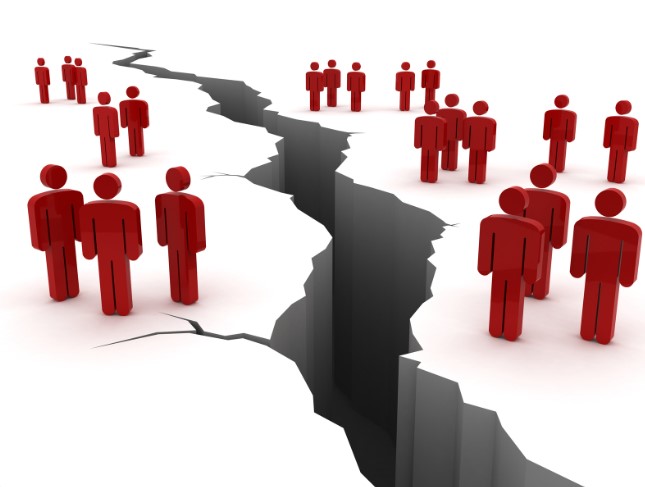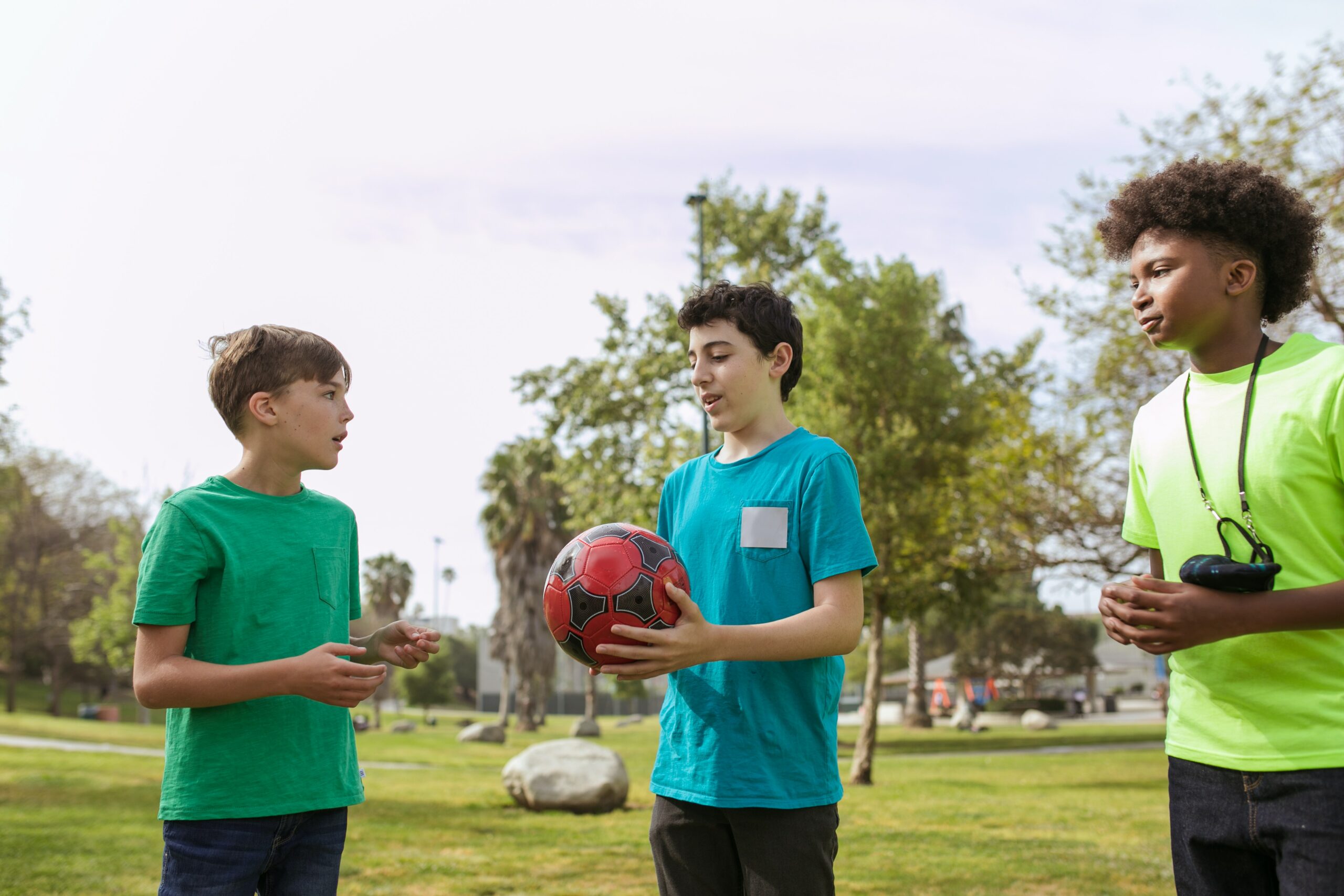Many environmental emergencies are preventable by identifying possible dangers and planning for any delay in medical assistance.
To adequately prepare for emergencies, everyone must be familiar with their current environment and the situations they are likely to come across.
Preventing Environmental Emergencies
Environmental emergencies usually occur during or after a disaster or conflict. These events may put lives and livelihoods in danger by releasing hazardous substances and damaging the ecosystem significantly.
Such emergencies are consequences of natural hazards like earthquakes, thunderstorms, floods, tsunamis, bushfires, and landslides. It can also root in manmade disasters such as industrial and transport accidents, chemical oil spills, and a multitude of other types of emergencies.
These events often result in a wide range of health complications. Although there is little we can do to prevent environmental disasters from happening, we can certainly prepare for them.
The simplest (and best) way to be ready is to create an emergency action plan and learn first aid.
5 Key Steps To Prepare Your Emergency Preparedness Plan
Identify possible risks
One key element of good emergency response is the rapid identification of possible environmental risks. It can be done by thorough research on what disasters are most likely to occur in the areas where you live, learn, work, and play.
The risks may range from a small fire at home to those emergencies affecting the entire community, like tornadoes and floods.
Assess Your Resources
Once the risks are identified, it is important to assess the availability of resources for incident management should an emergency arise.
These resources help keep everyone safe, protect infrastructures, and carry out medical treatment during a disaster. These may include people, a first aid kit, and equipment found at home and in the community.
Stock Up On Your Needs
A well-stocked emergency kit is a good idea, even before a threat is identified. When choosing your supplies, the priorities should include the basics for survival – water, food, and warmth.
Here are some things to consider putting in an individual or group emergency kit:
- First aid kit and supplies
- Food that requires no cooking or refrigeration
- Flashlights and extra batteries
- Battery-powered radio
- Prescription medications (e.g., insulin, asthma inhalers, medicine for heart conditions)
- Over-the-counter (OTC) medications
Document Contact Information
The first call to make in the event of an emergency that causes serious physical harm is to the local emergency services. Aside from the triple zero (000) hotline, have the number of local medical services, the fire department, and local law enforcement or police department in case of need.
Create Evacuation Routes
An emergency plan should contain actions on how communications will be handled. If a signal is available, use internal communication alerts via emails, paging systems, or voice and text messages to keep in touch.
Also, use the channels to communicate the posted emergency routes and evacuation paths that lead to a safe area.
First Aid And CPR
A major disaster can bring significant change to the community in general. In some parts of Australia, there are simply not enough people trained to help every person in an emergency.
Loved ones, neighbours, and someone you know could be hurt, and emergency response may be delayed due to circumstances. Therefore, it is a good idea to have at least one person in the house who attended formal first aid training.
A trained first aider will know how to provide lifesaving interventions such as CPR and defibrillation using an AED.
Conclusion
The tips mentioned above are some of the minimum requirements to demonstrate the best actions to take during and after environmental emergencies.
Consider taking a first aid course through a trusted, credible provider to learn the skills and knowledge to respond to these types of emergencies.
First Aid Courses Darwin has our training venues located throughout Australia, including Brisbane.
To find a location near you, visit ourupcoming courses page from the main menu.
